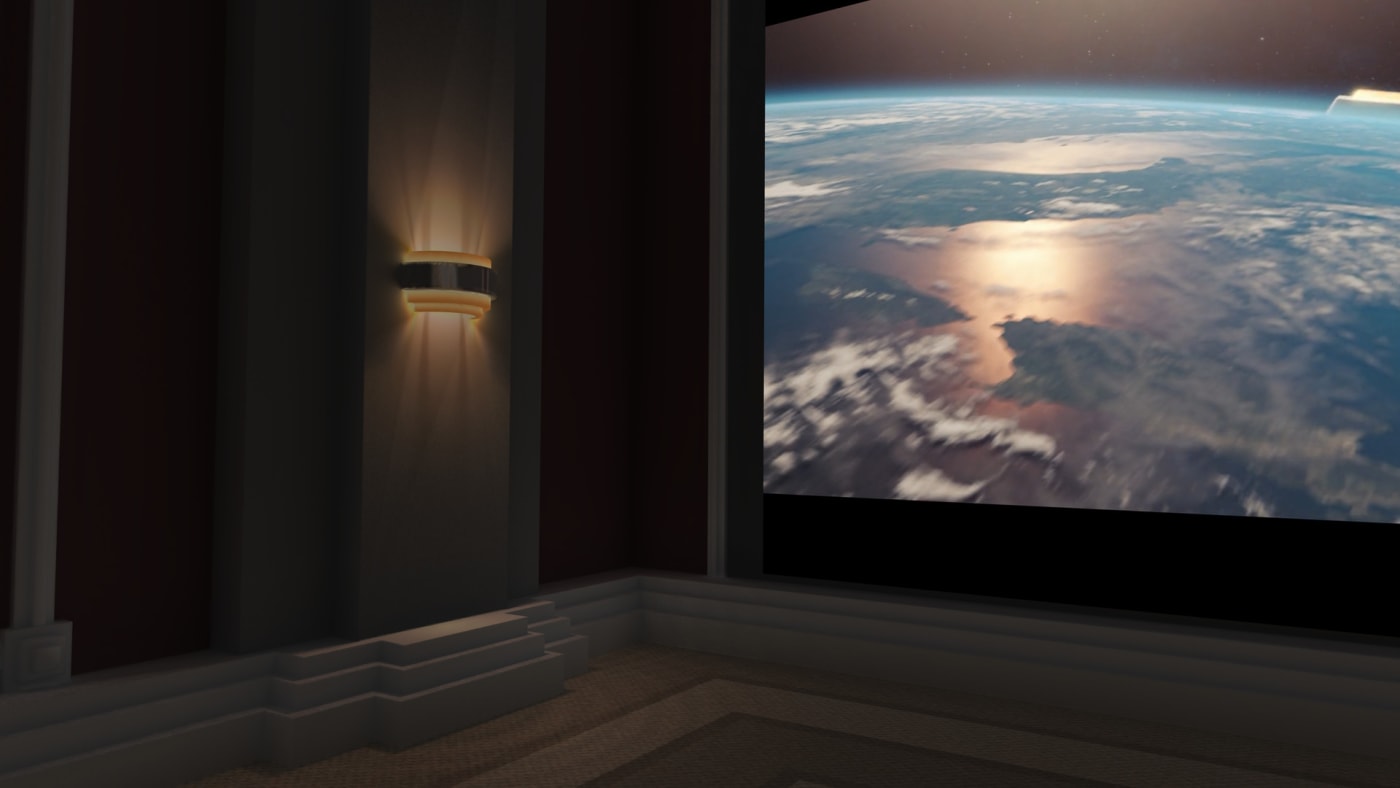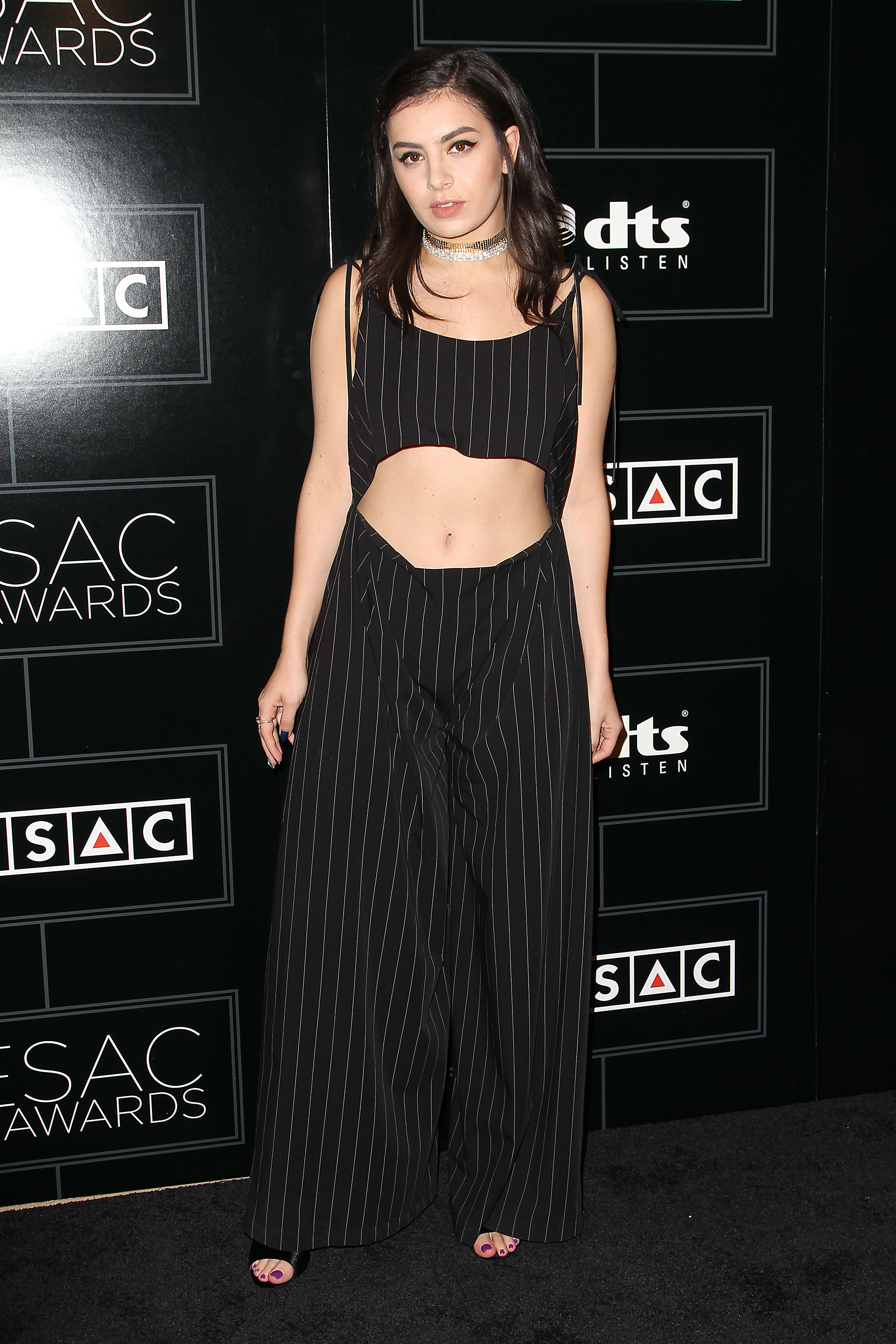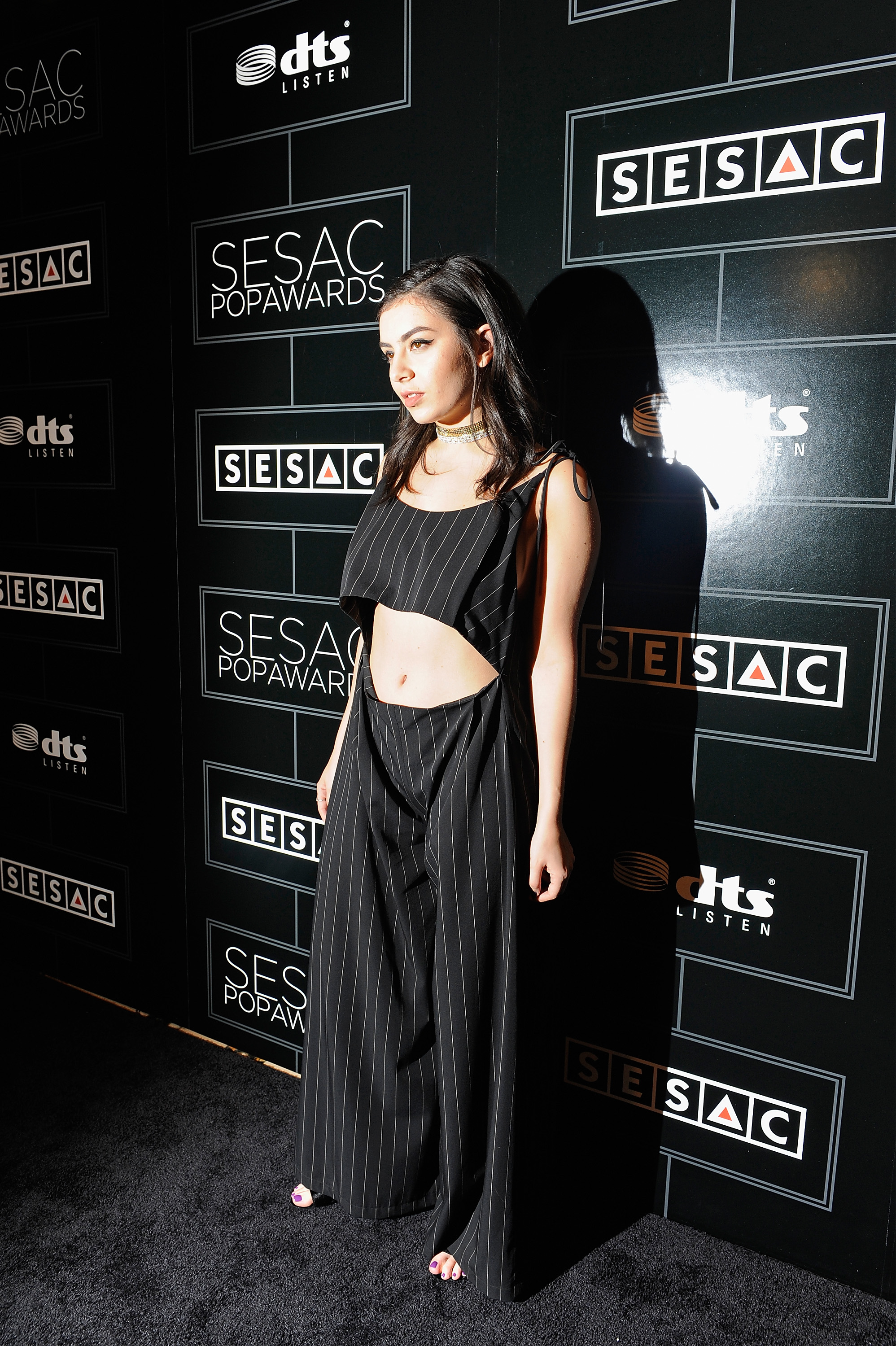I can trace my computing history along a path of display milestones. The 10-inch VGA monitor that came with my Packard Bell desktop in the ’90s was a huge leap forward from the low-res Apple II displays I used in school. Then there was the 20-inch Sony Trinitron flat CRT that I brought to college with my first custom-built desktop, which served as my dorm entertainment center for years. These days, I rock two 24-inch 1080p LCDs at home, and I’m eyeing an ultra-wide screen upgrade at some point. After spending several hours with Virtual Desktop, a $15 app developed by Guy Godin for the Oculus Rift and HTC Vive that brings the full Windows experience to VR, it seems like we’re close to yet another display revolution.
Imagine having your entire Windows desktop projected on a movie theater screen while sitting in the best seat in the house, and you’ll have some idea of what Virtual Desktop offers. Instead of a darkened theater, though, the display floats atop your choice of backgrounds (I really enjoy the detailed space environments). It brings to mind fantastical interfaces from science fiction — in particular, the trippy augmented reality setup from the gameHeavy Rain.
There’s a definite “wow” factor to Virtual Desktop. After installing and running the app, I just slipped on my Rift headset and was presented with an impressive recreation of my Windows setup. Once you’re in virtual view, you can resize the size and distance of the desktop, from the equivalent of sitting six feet away from a 60-inch display, to having it tower before you as if it were on a enormous IMAX screen. I found it most comfortable to have the virtual screen completely fill up my field of vision, even though that also involved occasionally moving my head around to focus on specific things.
SteamVR’s “desktop theater mode” on the HTC Vive also lets you use Windows in VR, but in my testing it was hard to actually read text and use Windows as you normally would. It’s mainly meant for playing non-VR games and movies in your headset. In comparison, I had no trouble going through my email, browsing the web and reading long articles with Virtual Desktop. It was so comfortable, in fact, that I was able to use it for hours on end.

Virtual Desktop is particularly impressive when it comes to watching videos, since you can freely make the screen larger for a more cinematic experience. Of course, you won’t get the full resolution of 1080p HD videos, since both the Rift and Vive are limited by their displays, which only offer a resolution of 1280 x 1080 pixels per eye. Videos still looked sharp and clear in full-screen mode though. And after being underwhelmed by the virtual theater apps on both the Rift and Vive, which seem more focused on reminding you that you’re in a VR environment than actually making videos look good, I was surprised to find I actually enjoyed watching things with Virtual Desktop.
There’s also support for viewing 360-degree videos and photos with the app, which is useful for quickly jumping into an immersive clip from YouTube. This is one area that the app needs to improve on, though. To plug in a video, you need to copy a URL to your clipboard and insert that into Virtual Desktop’s settings app. It’ll then proceed to download the video and play it instantly. You can also open up 360-degree videos already on your computer, but it’s far more likely you’ll be grabbing content from YouTube and other sites.
The big problem with the app? You still have to rely on your keyboard and mouse to navigate Windows, which will definitely be an issue if you don’t touch-type well. Remember, you can’t easily see what’s going on in front of you. Virtual Desktop shows why something like the Vive’s webcam, which lets you quickly view the outside world, is essential for all VR headsets. I did most of my testing with the Oculus Rift, so I was forced to either type very carefully, or remove the headset if I needed to hit a specific key. (Function keys, in particular, are hard to touch-type.)

I was able to write several lengthy emails while wearing the Rift, but it always took a few seconds for my fingers to readjust to the key positions after taking my hands away. That ended up being a bigger issue for entering web addresses or numbers of any kind, since those involve hitting keys that aren’t in my normal touch-typing range. (My slim wireless keyboard doesn’t have a number pad, though that probably would make my life easier.) Mousing around Windows in Virtual Desktop was fine, and the app also made something mundane like photo editing feel like a revelatory experience. Cropping and recoloring a giant image felt akin to working on a giant Jackson Pollock-esque canvas.
I won’t be giving up my dual monitor setup anytime soon, but I was surprised by how well my workflow transferred to Virtual Desktop. I could see creative types preferring it to a restrictive monitor setup, especially for things like video and audio editing, where you normally have dozens of tracks to juggle at one. Just like the first batch of VR hardware, the app feels like a sign of things to come. It won’t be too long until we can just slip on a pair of glasses to have a full desktop environment emerge from our smartphones.
Virtual Desktop for VR - celezz.com





















































